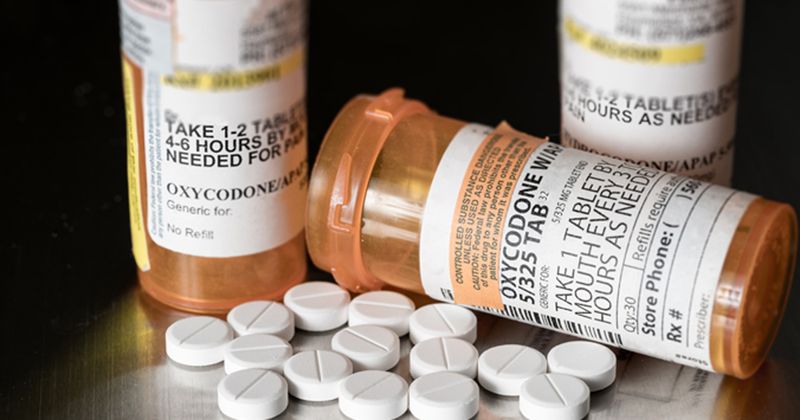Buprenorphine supply stable during pandemic, as methadone supply dropped
The buprenorphine supply in the United States has remained stable, while the methadone supply has consistently dropped during the COVID-19 pandemic, researchers reported in JAMA Network Open.
Annie Y. Chen, DDS, MS, an assistant policy researcher at the RAND Corp. in Boston, and colleagues investigated whether the COVID-19 pandemic was associated with the disruption of buprenorphine and methadone supplies in the United States.

Buprenorphine and methadone are the most effective treatments available for those who have an opioid use disorder, the authors wrote. Delays in medication access may affect opioid use initiation, illicit opioid use and overdose deaths.
Chen and colleagues conducted a cross-sectional study using data from the Automated Reports and Consolidated Ordering System, which monitors the flow of controlled substances in the U.S. Data from 2012 through June 30, 2021, were used.
According to the researchers, the per capita supply of methadone dropped from 13.2 mg in the first quarter of 2020 to 10.5 mg in the second quarter. During the same period, the per capita supply of buprenorphine increased from 3.6 mg to 3.7 mg.
The per capita supply of methadone declined 20% (–2.7 mg) in the second quarter of 2020, compared with the first quarter, and as of June 2021 has not returned to levels from 2019. During the same period, the supply of buprenorphine per person increased consistently.
Considerable state disparities in the reduction of methadone supply during the pandemic were also reported. Many states experienced pronounced per capita supply decreases, with the greatest reductions of 50% reported in New Hampshire and Florida.
Decreases in per capita supply of methadone were not compensated by proportional increases in the per capita supply of buprenorphine (linear fit, 0.17; 95% CI, –0.43 to 0.76).
“These findings suggest that access to buprenorphine was unaffected, and access to methadone was disrupted during the pandemic, with great variations across states,” the authors wrote. “Future research examining state disparities is needed to help improve timely access to methadone for patients with [opioid use disorders].”
